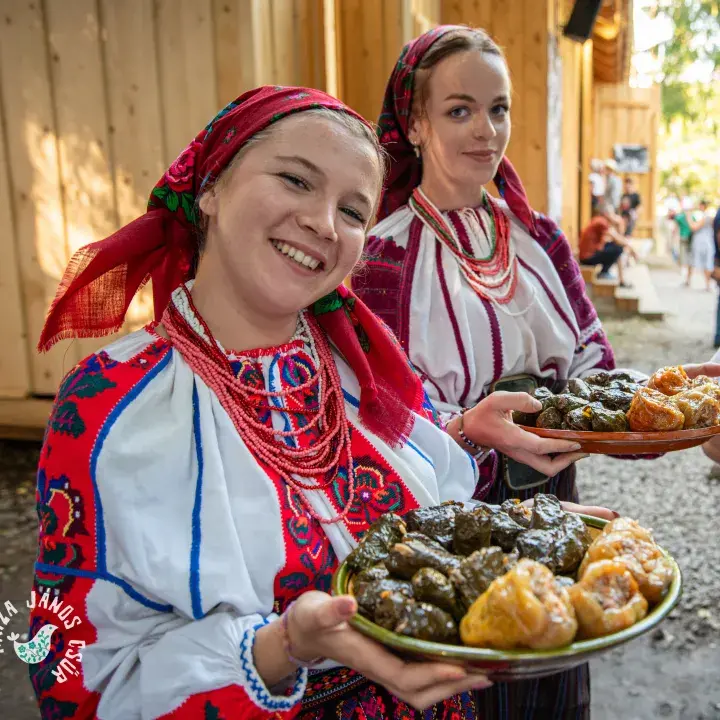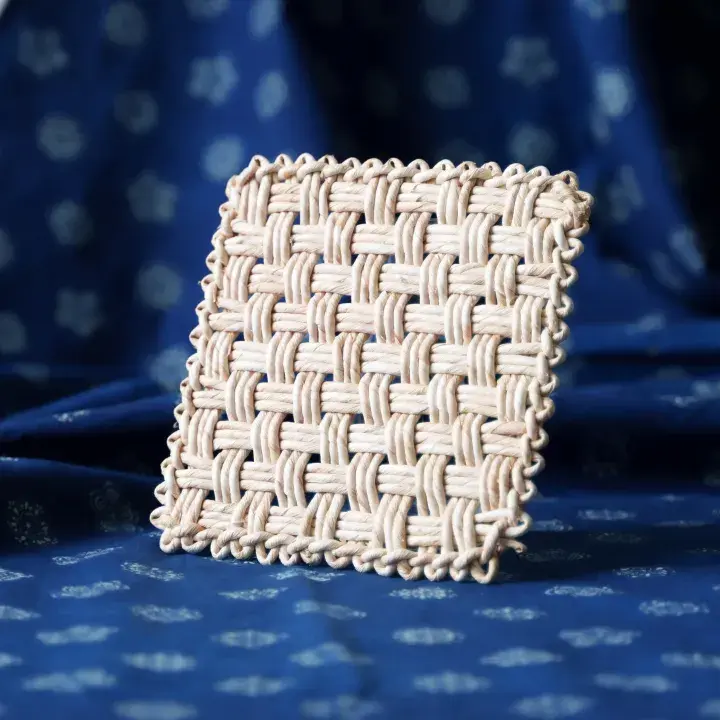Display panel:
Felt is made by matting animal fibres together. The most common fibre used in felting is wool obtained from sheared sheep. The resulting material is strong and durable, offers excellent insulation, and protects against the cold. Felt can be used to make coats, rugs, cushions, vests, gloves, hats, children’s toys, and even home textiles.
The wool is thoroughly cleaned to remove all dirt and impurities. After drying, it is pulled apart into tufts—a process known as teasing. The fibres are then aligned in one direction by combing and carding. Coarse wool is used to make strong, durable items, while fine wool is ideal for felting light, soft fabrics.
The cleaned and carded wool is layered one on top of the other. Each layer is placed perpendicular to the previous one, ensuring the felt compresses evenly in all directions. The layered wool is then sprinkled with soapy water, then the fibres are gently rubbed together. When the fibres are thoroughly interlocked, the wool is rolled up and kneaded to strengthen and compress the felt. Once the desired hardness and size is achieved, it is shaped and left to dry.
Felt objects can be decorated in many ways. Leather appliqués are applied to bags, coats, and vests. In addition to their decorative function, the leather strengthens and protects the material. In many cases, embroidery makes the felt piece richer. In seat cushions and blankets, we can observe that running stitches reinforce the felt layers. Patterns are created with stitches on the thick felt, and thanks to these, the patterns become three-dimensional. Additionally, needle-felting decoration can also be used.



